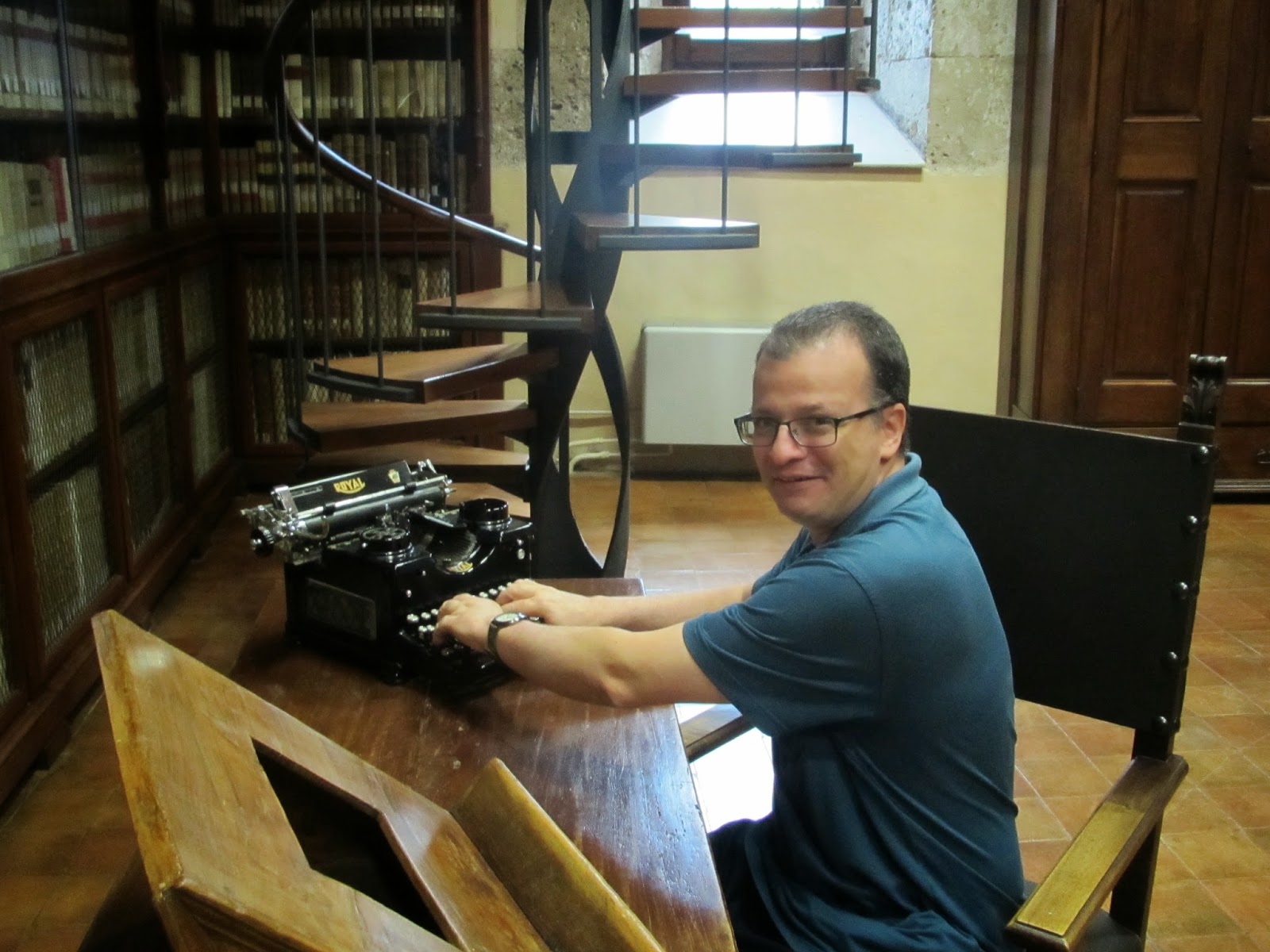This little verse isn't to be found in the Bible, and I don't know where I once heard it. Maybe I just made it up, or maybe it comes from a story I remember from my childhood - that on that first Christmas day, all the animals in the grotto bowed their heads in silent prayer. Wherever it came from, it has been swirling in my head this year. I imagine that when Jesus was born, there was a silence that filled the whole earth, a profound silence if for only a moment, a silence that united the whole earth together. A silence that "spoke" the song which the angels would sing, "Glory to God in the highest, and on earth, peace to all people."
Unfortunately, when we think of Christmas, silence may not be the first thing that comes to mind, especially in the days leading up to Christmas. There is shopping to be done, gifts to wrap, cookies to bake, houses to clean. All adding to the ordinary, daily stresses. And then there is Christmas itself. Opening gifts to the shrills of tiny (and sometimes even big) voices, preparing the meal, singing carols. And yes, this is even true in our Seminary community. Of course, all of these things are good and much fun, and honestly, it wouldn't be Christmas without them! Also, I think we can all agree that our world these days isn't too silent. Gunshots ring out, unrest is found all over the place, the poor cry out for help.
During the days of Advent leading up to Christmas, we have been accompanied by those who lived in a sort of silence: much of what we know about St. Joseph comes from his dreams; Zechariah (the father of John the Baptist) was struck mute; Mary pondered in her heart. It is as if they are calling us to find some silence in our busy, hectic lives. To make a space, even a small space, where we can listen to the silence that enveloped the whole world on that first Christmas day. To let the Word ring forth and to bring Jesus to birth in our midst, even if for only a moment. That one moment of silence 2000 years ago changed the world, and I think our own moment of silence can change us.
Christmas is busy. We can't deny that. But it is also an invitation into silence. Let's all try to find a moment of silence today. Pausing as a family before we revel in delicious food and good wine. Simply taking a deep breadth once all the dishes are done. Watching the silent snow fall. Sitting in front of the Christmas tree glowing in the evening darkness. Allowing a Word, the Word, to enter into the silence of our hearts, and hearing this Word speak to us of love, peace, joy. Letting silence cover our whole selves, remembering that night long ago when silence filled the whole earth.
My dear friends, may silence fill your hearts, and may the Word of God make his dwelling within you this Christmas. All of you will be in my prayers as we celebrate and rejoice in the birth of Jesus, Son of God become Son of Mary, for the salvation of the whole world. Buon Natale! Merry Christmas!
 |
| Mosaic by Marko Rupnik, SJ. |
Much peace and love to you all,
Ciao!






.JPG)
.JPG)



.JPG)
.JPG)




.JPG)
.JPG)
.JPG)
.JPG)
.JPG)
.JPG)
.JPG)
.JPG)
.JPG)
.JPG)
.JPG)

.JPG)
.JPG)
.JPG)
.JPG)
.JPG)
.JPG)
.JPG)
.JPG)
.JPG)
.JPG)
.JPG)
.JPG)
.JPG)










